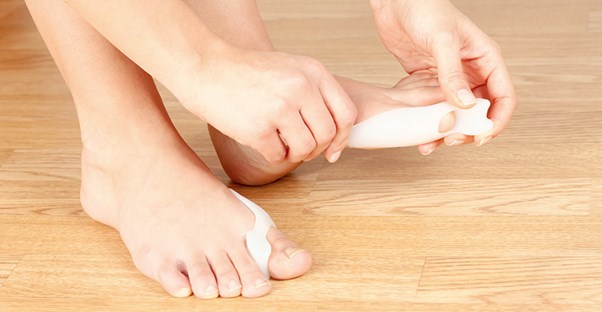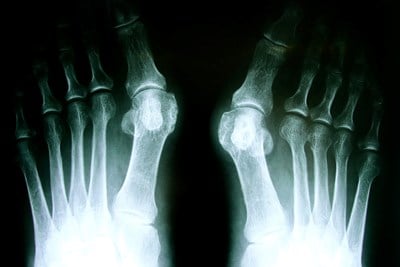A bunion is described as a bony bulge that develops at the base of your big toe joint, where your toe bends. Genetics, foot injuries, and arthritis are common causes of bunions. Bunions can be managed with non-invasive, conservative treatments—like splints—that relieve unpleasant symptoms you may experience.
It’s important to note, however, that in order to totally correct a bunion, surgery is needed. Using a splint to limit the development of your bunion or alleviate symptoms may help avoid surgery.
Do splints work?
Splints are the best products for addressing your underlying foot problems. When you wear a splint, your big toe is kept in place by a loop connected to a binding around your mid-foot. This pushes the big toe back into proper alignment and reduces tension on the tendon and toe muscles.
A bunion splint is usually worn at night while your sleep, but some splints are flexible and can be worn inside your shoe during the day. Your splint should be comfortable since you’ll be wearing it for several hours at a time—this treatment option is a long term management solution. Splints will not reverse your bunion, but are known to be effective in slowing progression of the bunion.
Have more questions? See more answers from Alot.




